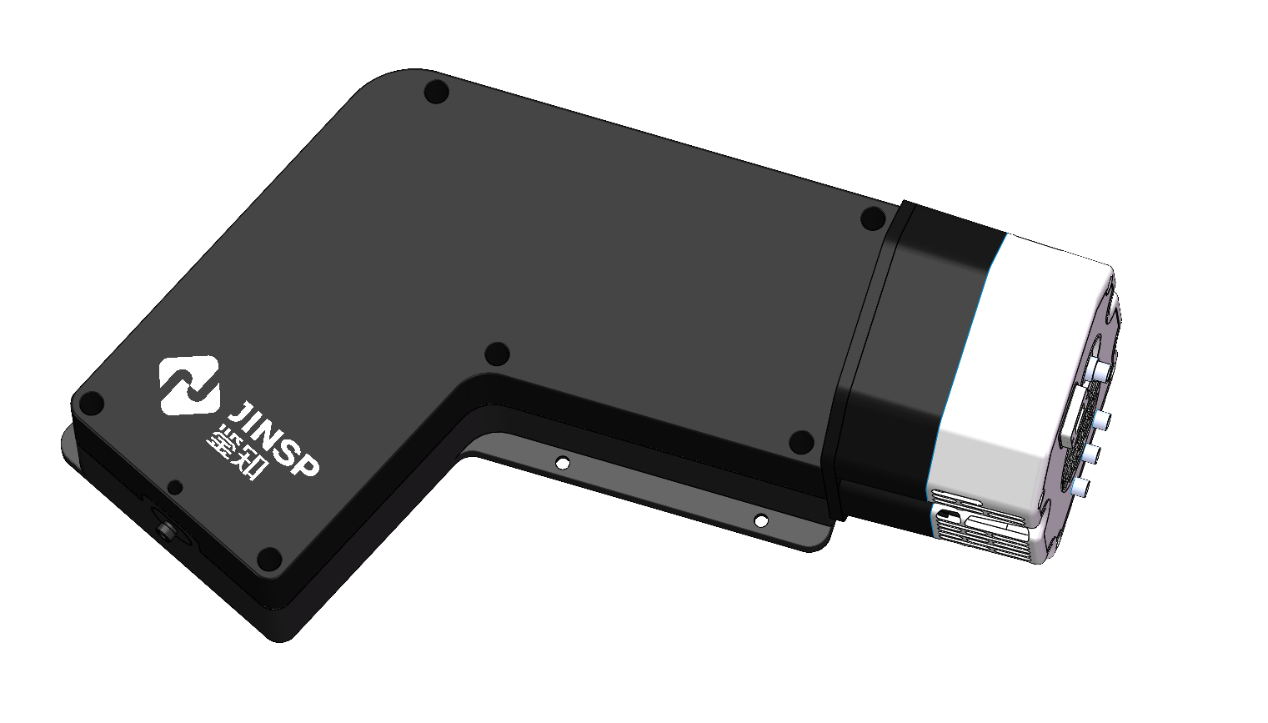Content Summary
With the popularity of new media and the deepening of legal popularization efforts, the investigative techniques of public security agencies have gradually become well-known to the public. In criminal investigations, the examination and identification of trace evidence have become particularly crucial. Among such evidence, disposable plastic shoe covers, as a common type of evidence found at crime scenes, are often used by suspects to conceal their footprints due to their ease of acquisition and low cost. Therefore, it is essential to establish a rapid, accurate, and non-invasive technique for examining disposable plastic shoe covers in forensic science.
In 2020, the team led by Jiang Hong from the People's Public Security University of China developed a rapid and non-destructive method for disposable plastic shoe covers using Raman spectroscopy combined with chemometrics. The research team utilized a portable Raman spectrometer in combination with multivariate data processing methods to characterize fragments of disposable plastic shoe covers from different brands and sources. In the experiment, spectral data were collected from 28 different samples using a Raman spectrometer under optimized conditions, 785 nm laser, 25% laser power, 45 s acquisition time. Subsequently, Principal Component Analysis (PCA) was utilized to reduce the dimensionality of the spectral data, extracting six main factors as variables for further analysis. Cluster analysis was applied to these factors, after which a Fisher Discriminant Analysis model was utilized to plot the sample centroids on a graph, thereby achieving sample differentiation.
The experimental results indicated that this method is rapid, accurate, and does not require special pre-treatment of samples, making it effectively applicable to the examination of physical evidence at crime scenes. The combination of PCA and cluster analysis enabled a comprehensive analysis of the spectral data, allowing for accurate differentiation of shoe cover fragments from different types and brands. This provides robust technical support for the examination of such evidence at crime scenes. This research not only enriches the forensic evidence examination in forensic science but also offers new insights and methods for public security agencies.
It is worth mentioning that the JINSP® RS2000 portable Raman spectrometer played a crucial role in this research. This portable Raman spectrometer is equipped with JINSP® ST100S transmission imaging spectrometer, which employs a Volume Phase Holographic (VPH) grating with a diffraction efficiency close to 90%. Leveraging an excellent optical path design and a scientific-grade deep-cooled CCD camera, the system achieves exceptional sensitivity and signal-to-noise ratio, offering sensitivity 5-10 times higher and resolution twice that of reflective spectrometers.
The ST100S can be integrated into a scientific-grade 785 nm laser Raman system for Raman spectroscopy detection of materials and biological samples, with a resolution of up to 3 cm⁻¹. Additionally, compared to large long-focus reflective spectrometers (f300mm, f500mm), it offers high stability and a compact size, making it more suitable for industrial integration.
In summary, Raman spectroscopy not only provides technical support for combating criminal activities in practical police investigations, but also aids in narrowing the scope of investigations, demonstrating tremendous potential and value in the field of forensic science. By integrating the ST100S transmission imaging spectrometer from JINSP, rapid and high-quality near-infrared Raman spectroscopy detection can be achieved, offering robust technical support for the application of Raman spectroscopy in forensic science. For more details, please visit: Best ST100S Transmission Imaging Spectrometer manufacturers and suppliers | JINSP (jinsptech.com)
2 Instrument recommendation |ST100S transmission spectrometer

Product Specifications
|
Specification |
Parameters |
|
|
Detector
|
Camera type |
Back-illuminated deep depletion (NIR optimized) |
|
Effective pixel |
2000*256 |
|
|
Pixel size |
15μm*15μm |
|
|
Cooling temperature |
-70℃ |
|
|
Optical Parameters
|
Wavelength range |
785nm~988nm Corresponds to 0~2,600cm-1 |
|
Optical resolution |
0.35nm, correspond to 5cm-1(50μm silt) 0.25nm, correspond to 3cm-1(25μm silt) |
|
|
Grating type |
VPH grating |
|
|
Diffraction efficiency |
>85% |
|
|
Input interface |
SMA905 or Φ10mm multicore fiber |
|
|
Free space access |
NA0.25 |
|
|
Electrical Parameters
|
Integration time |
1ms-3,600s |
|
Output interface |
USB Type-B |
|
|
ADC bit depth |
16bit |
|
|
Supply |
DC12V (± 0.5V) |
|
|
Working current |
3A |
|
|
Temperature(operation) |
-20℃~60℃ |
|
|
Temperature(storage) |
-30℃~70℃ |
|
|
Humidity |
< 90%RH (no condensation) |
|
|
Physical Parameters
|
Dimensions |
364mm*200mm*124mm |
|
Weight |
<5kg (including camera) |
|
Post time: Jun-14-2024

